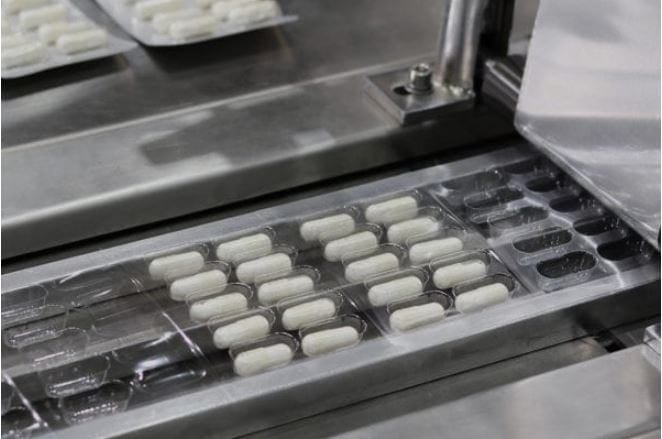Whenever patients’ health and indeed lives are stake, there really can be no margin for error.
That guiding principle is one that underpins the manufacture of stamped components used to administer care or treatment.
Regulatory requirements have long been in place to set standards and guard against complacency in this regard.
These frameworks govern the processes for medical packing, both for drugs and devices.
Those looking to bring such products to market seek ways of protecting them from damage and contamination. For the most part they succeed, though a minority still fall between the cracks.
According to Wipak’s Director for Healthcare, Jouni Vikman, as of 2014 10% of medical devices were recalled because of packaging failures.
Partnering with a manufacturing company that offer in-house packing and validation services will spare you that ignominy.
In the modern era this is without doubt the best way to protect your product and reputation alike.
Medical Packaging Explained

So, what do we mean by medical packaging exactly?
This is a process which adheres to ISO standards.
ISO 11607 states that medical packaging should consist of known traceable materials. Moreover, these should be non-toxic, non-leaching and odourless.
Further requirements outlaw holes, cracks and tears and insist on suitability for medical environments-cum-applications.
Of course, none of this is wholly surprising. Nor are guidelines stipulating packaging should allow for sterilisation, provide physical protection and guarantee sterility right up until the point of use.
Those are in many respects, the basics.
The packing process itself must allow for high volume, multi-component packaging, whilst adhering to these strict ground rules.
Rapid turnaround times are desirable as OEMs look to bring new products to market in double quick time. To do this they rely on the likes of barrier packaging, medical peel pouches and sachets, thermoformed blisters and lids and procedure packs, to name but a few.
These all stem from cleanrooms guaranteeing heightened protection. Clamason operate in the Class 8 variety.
Cleanrooms
Class 8 cleanrooms are, ironically, referred to in some quarters as Class 100,000 cleanrooms.
Simply put, they are permanent or semi-permanent installations that offer floor to ceiling protection and a superior level of cleanliness.
While these environments can be configured, they each have a maximum particle count of 100,000 per cubic foot of interior air.
Exact conditions mean air flow rates are between 4 and 8 CDM per square foot and a minimum of 20 air exchanges occur every hour.
A great many cleanrooms include air showers or pass-through chambers, as no stone is left unturned in a bid to quell contamination.
Filtration, lighting and temperature controls are also present.
HEPA filtration coverage itself accounts for 4-5% of the designated space.
Medical packing is overseen in these precise settings by highly skilled experts. Similar setups exist in Class 7 and General Medical Practice (GMP) arenas, both of which are offered by Clamason also.
Their work encompasses sterilisation management, printing and labelling. It goes without saying, there is no safer environment in which to conduct these tasks.
Clamason Solution

When deciding on medical packaging, OEMs must consider the type of device, sterilisation methods, expiry dates, transport, storage and more.
All the while they remain conscious of preventing crushing, puncturing, tearing and the like, which would render the product useless.
This is why a growing number entrust the likes of Clamason with this very important responsibility.
Ours are packing solutions designed for medical device stamped components solely.
For that reason, we adhere to ISO 13485 standards.
Components handled within our UK plant are often, depending on the customer’s needs, packed into medical grade bags or trays.
This takes place in Class 8 cleanroom environments, though Class 7 can be implemented where required.
Automated and manual packing is available to both existing clients and those looking to make use of the service offering on a sub-contract basis.
In addition to medical packing itself, Clamason also provide medical validation; one of only a handful of UK manufacturers to do so in-house. Along with ultrasonic technical cleaning, these are two key steppingstones for any medical device earmarked for release. They also allow Clamason to provide a full-service solution, from design through to packing.
This final stage is as critical as it is unavoidable. A failure to pack appropriately can undermine the entire production process and derail any product launch.
When it comes to stamped medical components there are quite rightly no shortcuts. Far from an afterthought, packing solutions should be identified early and assigned to specialists. Clamason are just that.
Why not contact our experts today
Did you know technical cleaning has usurped passivation in the production of medical device pressings? Find out why.
